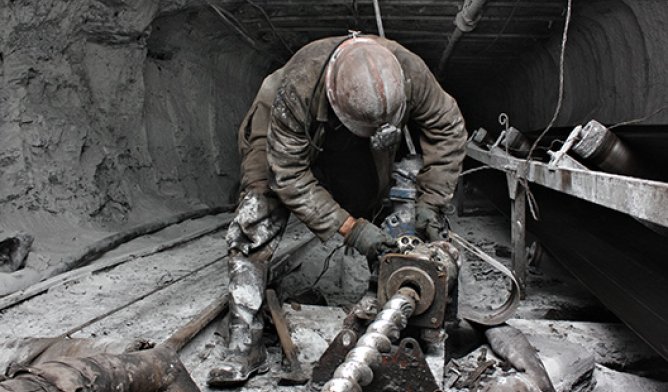
Policies and governance
Learn about our improved coal criteria
Exclusion of companies connected to coal, coal mining and coal power
In June 2019, Storebrand supplemented the absolute threshold of 20 million tonnes for coal mining and 10,000MW coal power capacity. Using the Global Coal Exit list made by German NGO Urgewald as starting point, Storebrand will identify companies that should be divested from with these new criteria.
Background
With the high CO2 emissions associated with the combustion of coal, it is necessary that the world turn to more sustainable energies. Due to health impacts, stricter regulations, demands for increased energy efficiency, decentralization of energy production and increasing competition from newer and cleaner sources of energy make, the future prospects of companies involved in the coal industry are not positive.
Storebrand was an early mover, and began its coal divestment program in 2013. Five years ago, Storebrand decided to exclude all coal mining and power companies that had more than 30 percent in revenue from coal activity, from our portfolios. The companies that remained were companies considered to have a credible plan to reduce their share of revenues from coal and/or increase revenues from renewable energy. If the change is not happening fast enough or going in the wrong direction, Storebrand will divest.
Coal exit strategy 2018-2026
To be in line with the recommendations of the latest IPCC report, Storebrand has developed a strategy to divest from coal at a faster rate than it is currently doing. The IPCC has analyzed various pathways, all of which require a near-total reduction in coal use for electricity generation by 2050, with reductions of approximately two-thirds by 2030.
In the period between 2013-2018, Storebrand excluded companies that derive more than 30 % of their revenue from coal. The exit strategy which was launched in December 2018, involves a reduction of this threshold by 5 % every second year (25% in 2018, 20 % in 2020 and so on). Under the new criteria, Storebrand will effectively divest from coal investments by 2026. The ambition is also to collaborate with other investors. A gradual transition allows more investors to join the movement and sends a strong message and warning to the coal industry around the world.
Our existing coal criteria is based on data from Trucost – on revenue from coal fired power. For companies that produce power, and also distributes that power to end-users – one could discuss whether the resulting revenue could be ascribed to distribution or production. Our method calculates the sum of all revenue connected to power related activities (generation and distribution) and then multiplies this with the percentage of the power mix the company generates from coal. In essence, this should capture uncertainties of whether revenue comes from distribution or production of coal fired power. If a large part of the power being generated is from coal – and substantial revenues from distribution – one could assume that this is from coal fired power.
We also exclude any company with plans of building new coal fired power plants. The limit has been set to 1000MW of capacity under construction which commits us to excluding companies that move into the construction phase in the future.